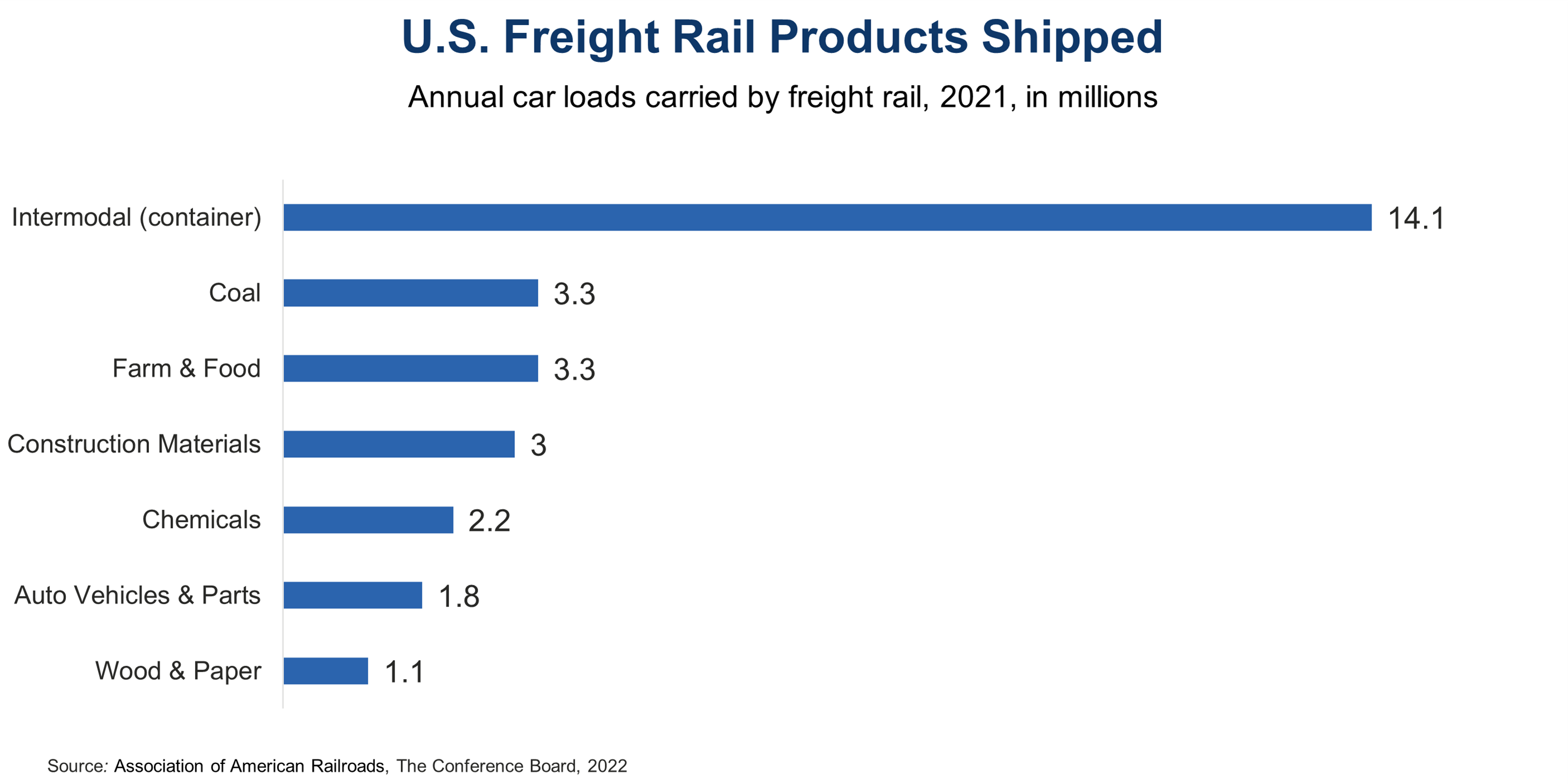
A U.S. freight rail strike could begin on Friday, September 16th at the end of a 60-day cooling off period if railroads and union labor do not come to an agreement. In anticipation of a possible shutdown, freight railroads this week are halting acceptance and transport of hazardous cargo. Tentative agreements have been reached with a majority of labor unions, however the two remaining unions who have not agreed to a deal represent half of the nation’s rail workers—and so any strike would have a widespread effect, wreaking havoc on the supply chain and furthering inflationary pressures. All seven Class 1 railroads, short line rail companies, and even passenger rail in the U.S. would be affected. If unions strike more than 7,000 trains would be idle, impacting 40% of the nation’s long-distance freight movement across all industries. Since World War II only 12 days have been lost to U.S. rail strikes, and none in the last 30 years, as Congress has the power to quickly pass back-to-work legislation, per the Railway Labor Act. Main sticking points of negotiation are reportedly about workers’ ability to take time off, not wage increases. Railroad companies are experiencing crew shortages, putting engineers and conductors on call seven days per week. In addition, unions oppose railroads’ plans to cut crews from two-people down to one.Insights for What’s Ahead

Robust Q3 GDP: Finding a Signal in the Noise
December 23, 2025
Fed Doves Get Nice Holiday Gift as CPI Inflation Drops
December 18, 2025
FOMC Decision: Do Three Dissents Mean a January Pause?
December 10, 2025
Fed December Decision: Not So Clear Cut
December 09, 2025
September Inflation Pause Bodes Well for Fed Cut
December 05, 2025
September Retail Sales Show Consumers Taking a Breather
November 25, 2025
